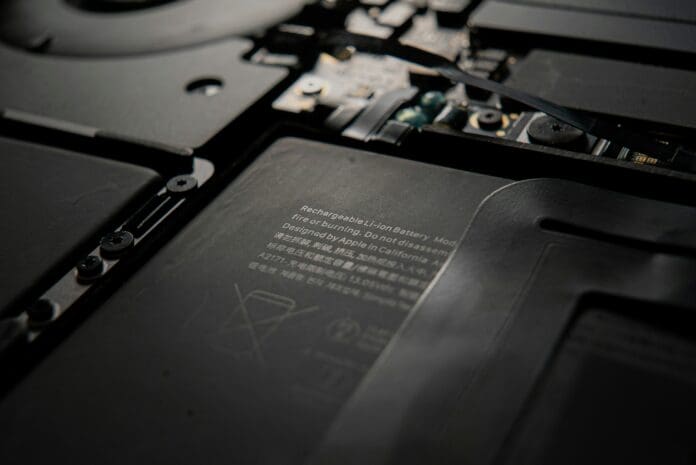This post is also available in:
 עברית (Hebrew)
עברית (Hebrew)
A new production process developed by German researchers promises to significantly improve the safety and energy efficiency of lithium-ion batteries, which are crucial for electric vehicles (EVs) and portable electronics. The new process, developed by Fraunhofer FEP, introduces metal-on-polymer current collectors—components designed to prevent fires and increase energy density in lithium batteries.
According to the press release, the key to this innovation is the use of polymer films coated with thin layers of metal, such as copper or aluminum, replacing traditional metal foils. This modification brings substantial benefits. Not only does it reduce the overall weight of the current collector, enhancing the battery’s energy density, but it also acts as an integrated safety mechanism. In the event of a short circuit, the polymer substrate melts, interrupting the current and halting the buildup of heat. This action effectively prevents the dangerous thermal runaway phenomenon—a leading cause of fires in lithium-ion batteries.
Thermal runaway occurs when a battery overheats, often due to overcharging or damage, and a chemical reaction spreads quickly from one cell to others, igniting the entire battery pack. With traditional batteries, these fires can be difficult to extinguish, making this new safety feature a critical advancement.
Fraunhofer FEP’s researchers overcame several challenges in perfecting this technology, including ensuring that the metal coatings maintain optimal electrical conductivity while being thin enough to integrate seamlessly into battery manufacturing. Using a roll-to-roll production process and electron beam evaporation, the team achieved precise, wrinkle-free metal coatings on polymer films, each just 1 micron thick. This technique was successfully scaled for large-scale production.
In tests, pouch cells containing these new metal-on-polymer current collectors showed similar performance and cycle stability to conventional cells, even under varying charging and discharging conditions.
This innovation not only promises to enhance the safety of EV batteries by preventing thermal runaway but also opens the door to batteries with higher energy density, potentially leading to longer-lasting devices and extended ranges for electric cars. With this new production method, the next generation of lithium-ion batteries could offer safer, more powerful solutions for a wide range of applications.

























